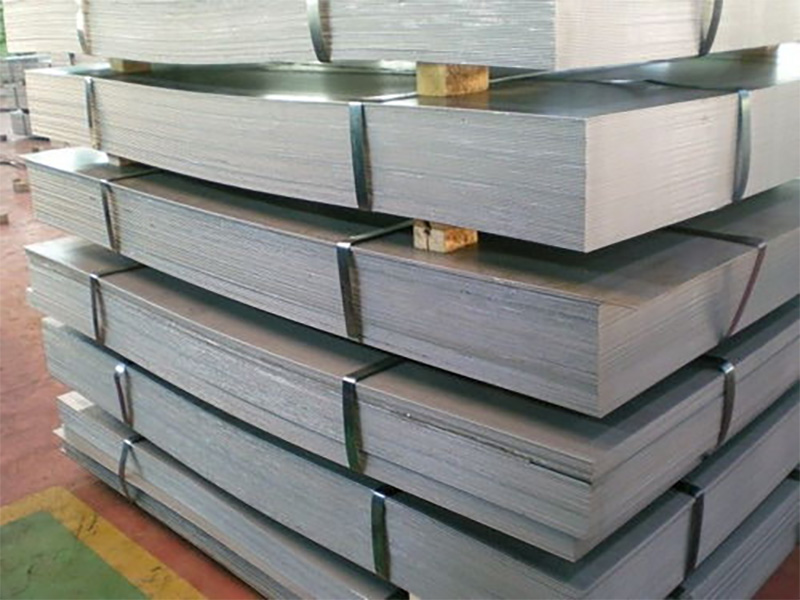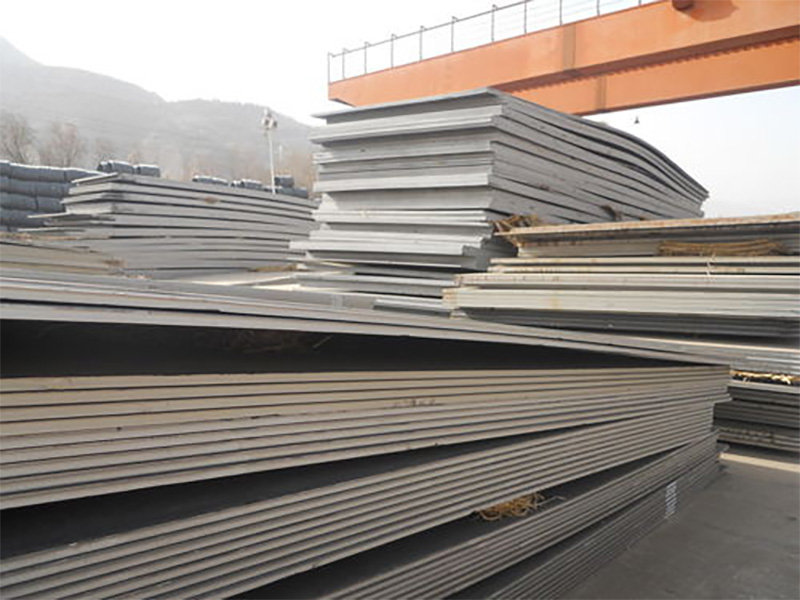

Before we know the classification of steel plates, let’s understand the meaning and characteristics of steel plates
Steel plate (steel strip) is a kind of rectangular cross-sectional steel with large width to thickness ratio and surface area, usually delivered in sheets called steel plate, also called flat; long length, delivered in rolls called steel strip, also called coiled plate.
Steel plate has a large covering and accommodating capacity, can be used as roofing panels, thatching materials, as well as the manufacture of containers, storage tanks, packaging boxes, train boxes, automobile shells, industrial furnace shells, etc.; can be cut and combined according to the requirements of use, made into a variety of structural and mechanical parts, but also welded steel, to further expand the scope of use of steel plate; can be bent and stamping molding, made into boilers, containers, punching shells It can be bent and stamped to make boilers, containers, punching shells, civil utensils, appliances, and also used as welded steel pipes and cold-formed steel blanks. Because of the above characteristics, the steel plate has become the most widely used steel in various sectors of the national economy.
Steel plates are delivered in sheets and steel strips in coils. The specification of sheet steel is expressed in millimeters of thickness * width * length. The specification of steel strip is expressed in millimeters of thickness * width *C (coil).
Here is a detailed description of the classification of steel plates



For Further Details,Please Feel Free To Contact Us: